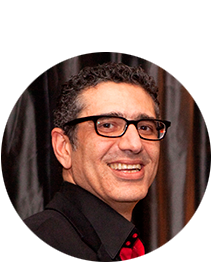‘Healthy’ obesity explained
Heme Oxygenase-1 (HO-1) offers a possible molecular explanation for the fact that one in four obese individuals are metabolically healthy. A study published today in Cell by Alexander Jais and colleagues from the Medical University in Vienna, shows that high levels of HO-1 are associated with poor metabolic health and an elevated risk for developing diabetes type 2 in obese humans.
Obesity often leads to the metabolic syndrome, commonly referred to as syndrome X. Patients with syndrome X show elevated sober blood sugar levels, hypertension and decreased levels of HDL-cholesterol. However, one quarter of the individuals with a BMI over 30 do not show signs of the metabolic syndrome neither do they have an elevated risk of developing diabetes type 2. This research showed that obese persons without the metabolic syndrome show significant lower levels of HO-1 in their liver and adipose tissue compared to persons who have the metabolic syndrome.
The molecule HO-1 is an anti-inflammatory factor of the immune system. Although syndrome X was already associated with a maladaptive immune system, earlier studies looking at the link between the immune system and the metabolic syndrome showed contradictory results.
In this publication was also shown that deletion of the HO-1 gene in macrophages in metabolic healthy obese mice resulted in metabolic healthy obese mice. The mice were more sensitive to insulin and their liver functioned better. This also points to a link between HO-1 and the metabolic syndrome.
The results could lead to the development of a new strategy to determine whether there is a risk for developing syndrome X in obese individuals. This makes it possible to start personalized treatment in an early stage, in order to limit or prevent the development of the metabolic syndrome. Also the results could lead to new therapies that inhibit HO-1 and thereby recover metabolic health.
Source: Cell.







